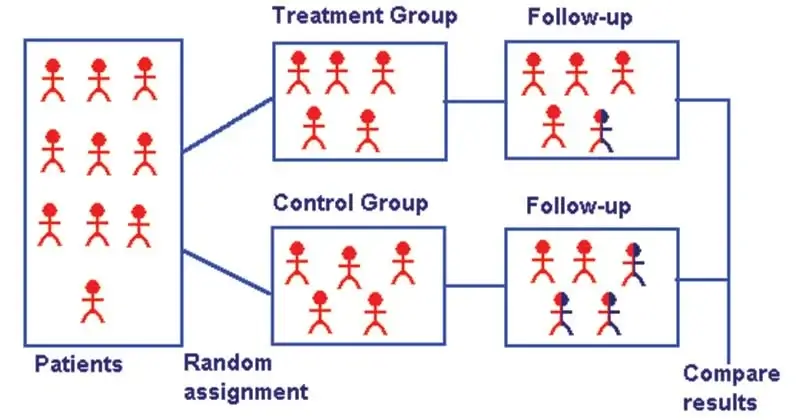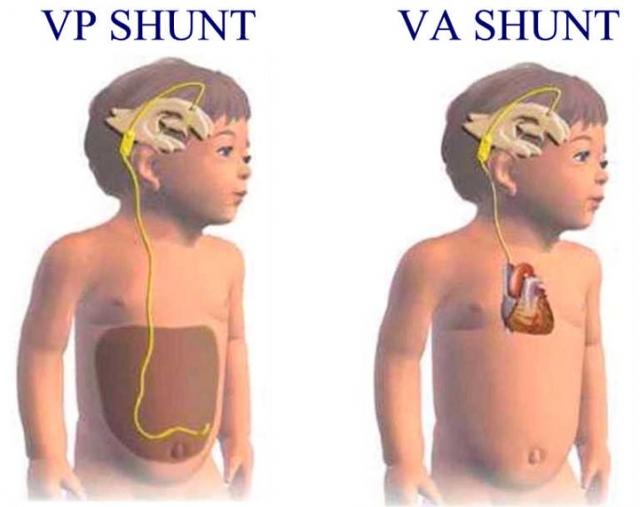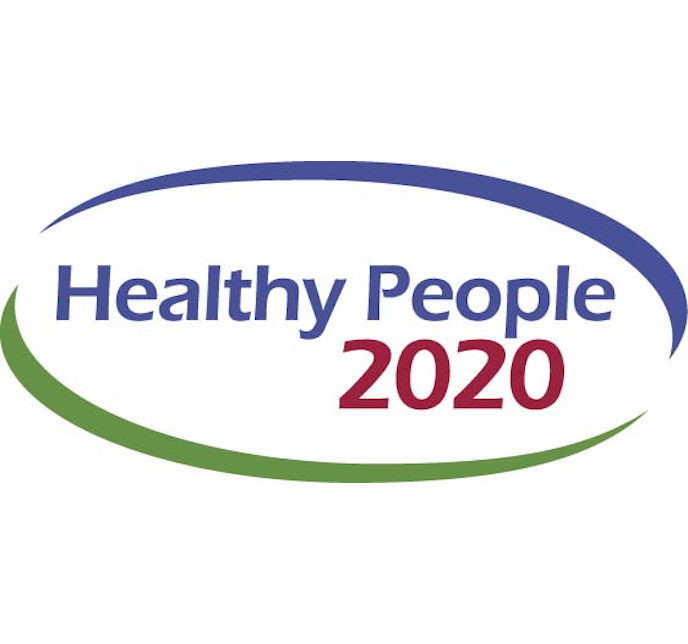520 Module 3 Case – HEALTH POLICY
520 Module 3 Case – HEALTH POLICY
READING REQUIREMENTS
(520 Module 3 Case – HEALTH POLICY ) American College of Healthcare Executives. (2018). Healthcare executives’ role in emergency preparedness. Retrieved from Link: https://www.ache.org/about-ache/our-story/our-commitments/policy-statements/healthcare-executives-role-in-emergency-management
Boccuti, C. & Casillas, G. (2017, March). Aiming for fewer hospital u-turns: The Medicare Hospital Readmission Reduction Program. Kaiser Family Foundation Issue Brief. Retrieved from Link: http://files.kff.org/attachment/Issue-Brief-Fewer-Hospital-U-turns-The-Medicare-Hospital-Readmission-Reduction-Program
Cascardo, D. (2017). Preparing to meet the CMS Emergency Preparedness Rule. The Journal of Medical Practice Management, 32(5), 301-303. Available in the Trident Online Library.
Ellison, A. (2019, October 1). CMS penalizes 2,583 hospitals for high readmission: 5 things to know. Becker Hospital Review. Retrieved from Link: https://www.beckershospitalreview.com/finance/cms-penalizes-2-583-hospitals-for-high-readmissions-5-things-to-know.html
Finklestein, M. M. (2017). Redefining the “Legal medical record” and how to be prepared to respond to legal requests for a patient’s medical record. The Journal of Medical Practice Management, 33(1), 11-14. Available in the Trident Online Library.
Lye, C. T., Forman, H. P., Gao, R., Daniel, J. G., Hsiao, A. L., Mann, M. K., … Krumholz, H. M. (2018). Assessment of US hospitals’ compliance with regulations for patients’ requests for medical records. JAMA Network Open, 1(6). Retrieved from Link: https://jamanetwork.com/journals/jamanetworkopen/fullarticle/2705850
Sorenson, R., Paull, G., Magann, L., & Davis, J. (2013). Managing between the agendas: Implementing health care reform in an acute care hospital. Journal of Health Organization and Management, 27(6), 698-713. Available in the Trident Online Library.
HOMEWORK ASSIGNMENT
IMPLEMENTING HEALTH POLICY WITHIN HEALTHCARE ORGANIZATIONS
Assignment Overview
As a healthcare administrator, one of the challenges can be ensuring that federal, state, and local policies are effectively implemented within one’s healthcare organization, and they become part of internal policy. The background readings have highlighted three such policies:
- The requirement of certain healthcare facilities who participate in Medicare and Medicaid to strengthen their emergency preparedness.
- The requirement to reduce hospital readmissions.
- The requirement that hospitals comply with regulations surrounding the release of patients’ healthcare records.
Case Assignment
You are an assistant administrator in a nonprofit hospital that receives Medicare and Medicaid funding. Your boss has asked you to make a presentation to other leadership about one of the above policies. She would like for you to provide an overview of the policy, the implications for your organization for non-compliance, as well as recommendations about what you should be doing to ensure compliance.
After reviewing the background readings and doing additional necessary research, choose one of the regulations above. You must locate and review the legislation in question as part of your research and include the correct citation to the federal legislation in your reference list. This must be for the actual legislation and not for a secondary source.
Create a 10- to 15-slide PowerPoint presentation that covers all of the expectations of your boss. Be sure to provide speaker’s notes that extrapolate on the information within your slides and cite your sources in your slides and speaker’s notes. You should also include a reference slide.
Assignment Expectations
Conduct additional research to gather sufficient information to justify/support your analysis.
Support your paper with peer-reviewed articles, with at least 3 references. Use the following link for additional information on how to recognize peer-reviewed journals:
Angelo State University Library. (n.d.). Library guides: How to recognize peer-reviewed (refereed) journals. Retrieved from https://www.angelo.edu/services/library/handouts/peerrev.php
You may use the following source to assist in formatting your assignment:
Purdue Online Writing Lab. (n.d.). General APA guidelines. Retrieved from https://owl.english.purdue.edu/owl/resource/560/01/
For additional information on reliability of sources, review the following source:
Georgetown University Library. (n.d.). Evaluating internet resources. Retrieved from https://www.library.georgetown.edu/tutorials/research-guides/evaluating-internet-content
This assignment will be graded based on the content in the rubric.









 The body is constantly sending signals about its health. One of the most easily recognized signals is pain. Musculoskeletal conditions comprise one of the leading causes of severe long-term pain in patients. The musculoskeletal system is an elaborate system of interconnected levers that provides the body with support and mobility. Because of the interconnectedness of the musculoskeletal system, identifying the causes of pain can be challenging. Accurately interpreting the cause of musculoskeletal pain requires an assessment process informed by patient history and physical exams.
The body is constantly sending signals about its health. One of the most easily recognized signals is pain. Musculoskeletal conditions comprise one of the leading causes of severe long-term pain in patients. The musculoskeletal system is an elaborate system of interconnected levers that provides the body with support and mobility. Because of the interconnectedness of the musculoskeletal system, identifying the causes of pain can be challenging. Accurately interpreting the cause of musculoskeletal pain requires an assessment process informed by patient history and physical exams.

